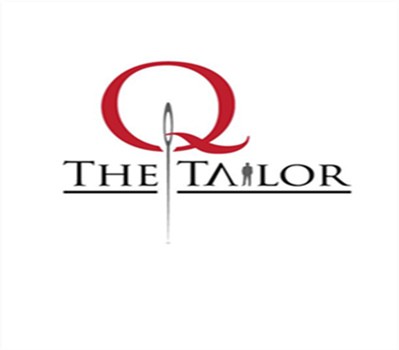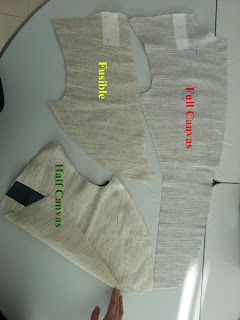The term bespoke arose when in the old days, a customer would choose a bolt of cloth in a tailor’s shop, whereupon the tailor would mark it as being “bespoken for”. It has come to mean a traditional form of tailoring in which a uniquely individualized pattern is drafted for each client, and the optimal traditional tailoring technique is used to realize the shape of the final garment.
The first question about bespoke tailored clothing is this: do you need it? The two main reasons for going bespoke are as follows:
1. Difficulty attaining a good fit from ready-to-wear garments
2. Access to a wider range of styles and cloth designs
Naturally, others just want the finest traditional craftsmanship that money can buy.
If you have a very proportionate figure, then you may not absolutely need it. Ready-to-wear garments are made for a proportionate figure, but are cut on tried and true blocks. The best ready to wear firms only hire the most skilful cutters, many of whom have extensive training and experience in bespoke tailoring. Patterns are cut to the precision of a millimetre or less (1/32-1/64”). At the top end of the market garments are often extremely well made up. The trouble is that everyone has some sort of disproportion, so that even the best proportionate pattern only takes a guess at what your figure is really like. A skilful tailor will find a whole host of disproportions that you probably never even knew existed. Then there is the fact that ready-to-wear always offers an extremely limited choice of styles and colors or cloth designs in your size.
Another way of getting a better fit and access to a wider range of choice is by using a made-to-order program
The term bespoke is strictly reserved for instances where a cutter will draft your unique pattern taking into account the specific features of your body along with matters of fashion and personal taste. Fittings are always required. The number of these will depend on the tailor and how difficult a fitting challenge your body presents.
There are a couple of downsides to bespoke tailoring. The first of these is that it takes a very skillful tailor to better the tried and true patterns from ready-to-wear and made-to-order firms. In the wrong hands, there is always the danger that it could end up worse than a ready-to-wear garment. The second downside is that there are too many choices and the client may insist on a style that is inappropriate to their physique. If you add these two downsides together it can be a formula for disaster. However, a good tailor will guide you to making the right choices in terms of style and cloth selection. This is part of the Art of the Tailor.
In the right hands, the greater freedom that bespoke offers can lead to the creation of a masterpiece – something that is peerless in both fit and style. Freedom is the freedom to create a masterpiece or a disaster. The range of styling choices is extremely wide and the choice of cloths even larger than from most made to order firms.
Lastly, there are a subset of people who have no choice but to bespeak their clothes. These are people who have sufficiently pronounced disproportions that they cannot wear ready-to-wear garments, and even made to order programmes have only a finite degree of flexibility. The most extreme cases can be described as “orthopaedic tailoring”, and can present a huge challenge to a cutter.



